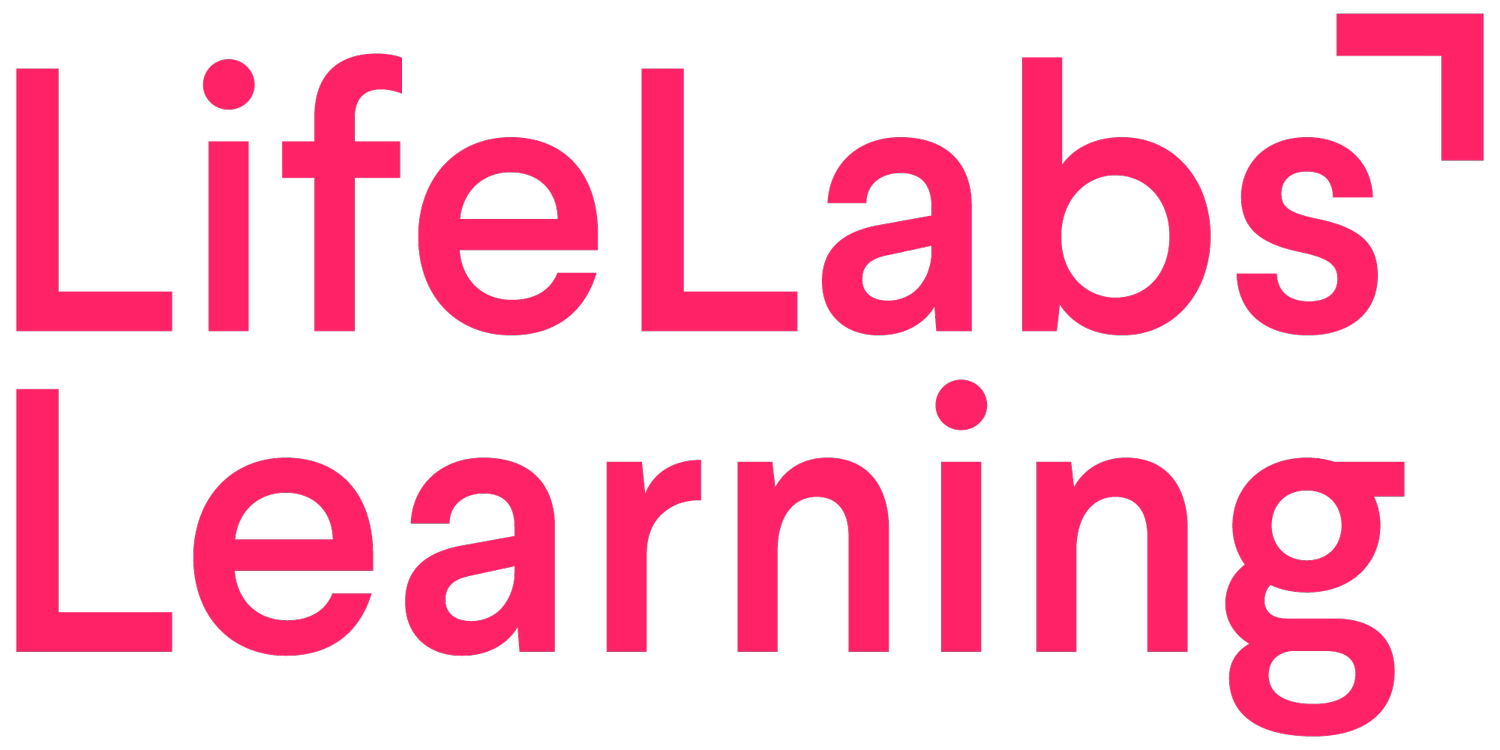Needs-forward language: Influencing what others think, feel, and do
3-minute read
In a previous blog post, we shared what it means to be a superinfluencer. At LifeLabs Learning, we prefer to think about influence as a way to impact behavior without relying on authority. This is a skill set that becomes especially important when working at a distance. One micro-communication skill you can add to your repertoire to increase influence in a hybrid and remote world is needs-forwarding.
Our research found that the best leaders have developed the habit of changing their language to focus on what they want to move towards rather than naming the things they want to move away from. In Elaine Hatfield’s 1994 study on emotional contagion, she and her team discovered that emotions are, in fact, contagious — and that emotional influence is both conscious and subconscious. The meaning? We have the ability to both influence what others think, feel, and do. As superinfluencers, the goal is to harness positive emotional contagion and use it to drive better team dynamics, communication, and performance.
Here are a few places and spaces you can start applying needs-forward language at work:
1) With direct reports
You can actually help others form new, more positive neural pathways by using needs-forward language when giving feedback to your direct reports or coworkers. For example, if a member of your team is consistently running late for meetings, instead of giving them feedback that focuses on changing that behavior (“don’t be late”), you should convert the statement to reflect the behavior you’d like to see instead (“please be on time”).
2) Within your teams
Using needs-forwarding language can help shift entire team dynamics — especially when it comes to establishing communication norms. For example, if your team is communicating important information over Slack only for it to get buried under incoming messages and threads, your first instinct might be to simply ask them to stop.
Instead, convert it to the action you’d like to see instead. Try saying, “when communicating something important to the team, I’d love to get that information via email, so it’s easy to refer back to.” This will help emphasize “email,” and they’ll be more likely to remember the preferred method of communication the next time they go to share something important.
3) With yourself
Practicing this habit with yourself can actually alter the way you feel about tasks, projects, and more. For example, if you’re feeling nervous about a big upcoming project, you might start feeling “I don’t want this project to fail.”
Instead, try converting that statement to reflect what success would look like for you: “I want to get buy-in across the company,” or “I want to hit the metrics I was given when I started this project.” It can even be as simple as “I want this project to succeed,” rather than focusing on it possibly failing. This language feels inherently more empowering and will energetically change your mindset.
You should notice yourself actually shifting from a place of unease to feeling more engaged, excited, and motivated. More importantly, you will begin to feel empowered and more capable of the task ahead. Thinking about something we don't want can sometimes feel nebulous or unclear. The goal is to shift from focusing on what we don’t want to what we are excited to accomplish This helps you move from passive to active — shifting from a place of disengagement to an internal locus of control.
Your turn:
Name something you don’t want, specifically in your professional world. How would you convert that statement to a place of possibility using needs-forwarding language? Write down the converted statement and make that your mantra for the week.
Want to take your influential communication skills to the next level? We have a workshop for that! Sign up here.
The Great Managers Playbook
Unlock the power of your managers
Download Part I and II of The Great Manager Playbook today. By signing up to download Part I and Part II, you’ll receive Part III (coming soon!!) in your inbox as soon as it drops.




